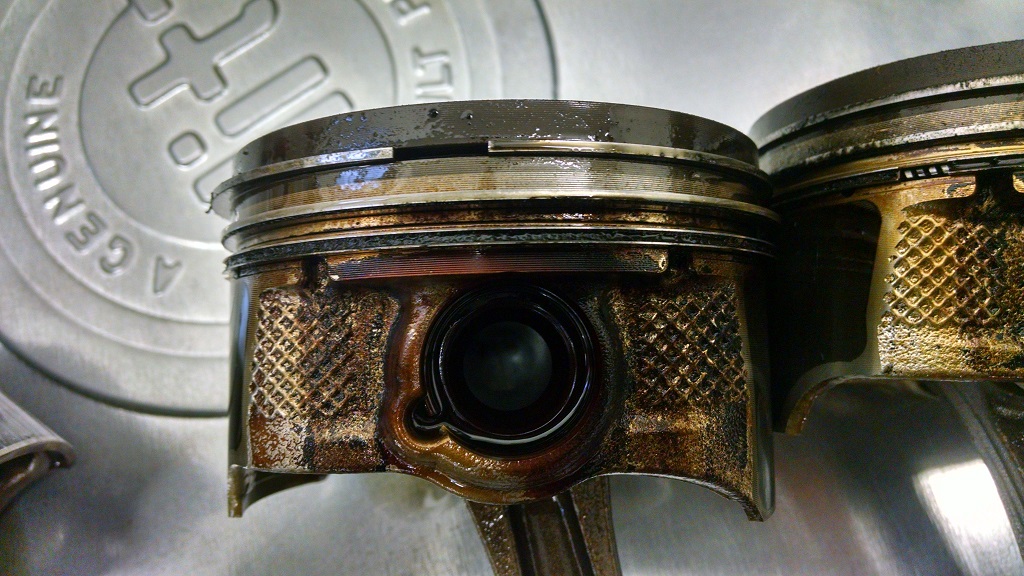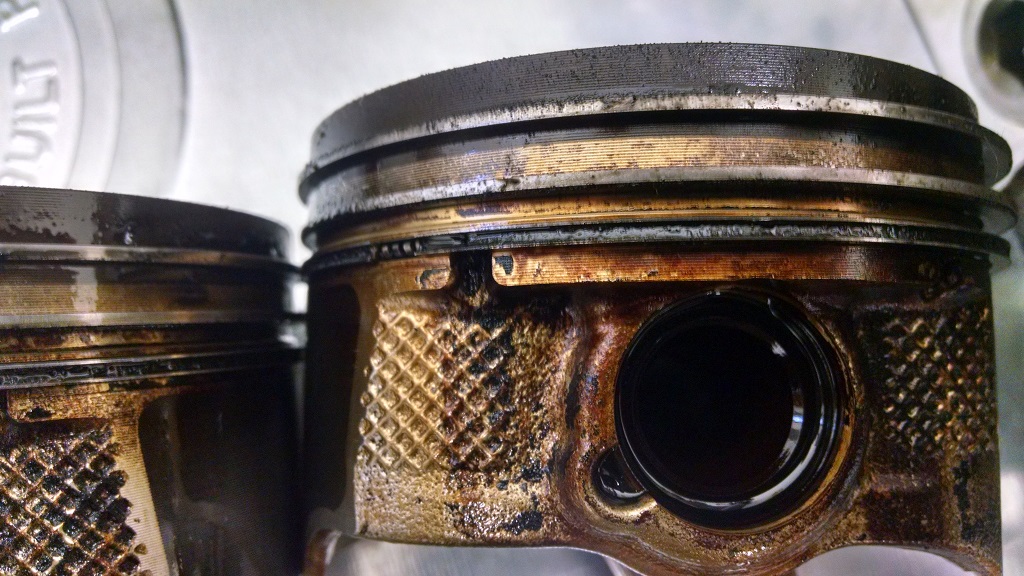Originally Posted By: PAoutdoorsman
Originally Posted By: Or

There are some things to try, which I have seen to work.
A few different engines are subject to this because of poor ring design - usually inadequate drain holes. Lots of Saturns, some years of Toyota I4 and Isuzu V6 are well known for this.
Good results have come from a piston soak - pulling the plugs, injecting a cleaning solution (GM Top Engine Cleaner, SeaFoam, even ATF, etc.) in the cylinders, letting them soak a few hours/overnight, then blowing out and re-starting. I have seen improvement in oil consumption from this.
Running HDEO for added cleaning over time helps. Some people also suggest an "Italian tune-up" periodically but I have no experience with this.
For a permanent fix on some vehicles, there are improved rings which can curb it. I don't know about Mazdas, though.
Does HDEO have additional detergents or something?
If doing a piston soak, I assume you would just have to crank it over with the plugs out to blow it out?
That is usually advised or you can hydrolock the engine. Leave old towel laying on top of engine to catch the spray.




